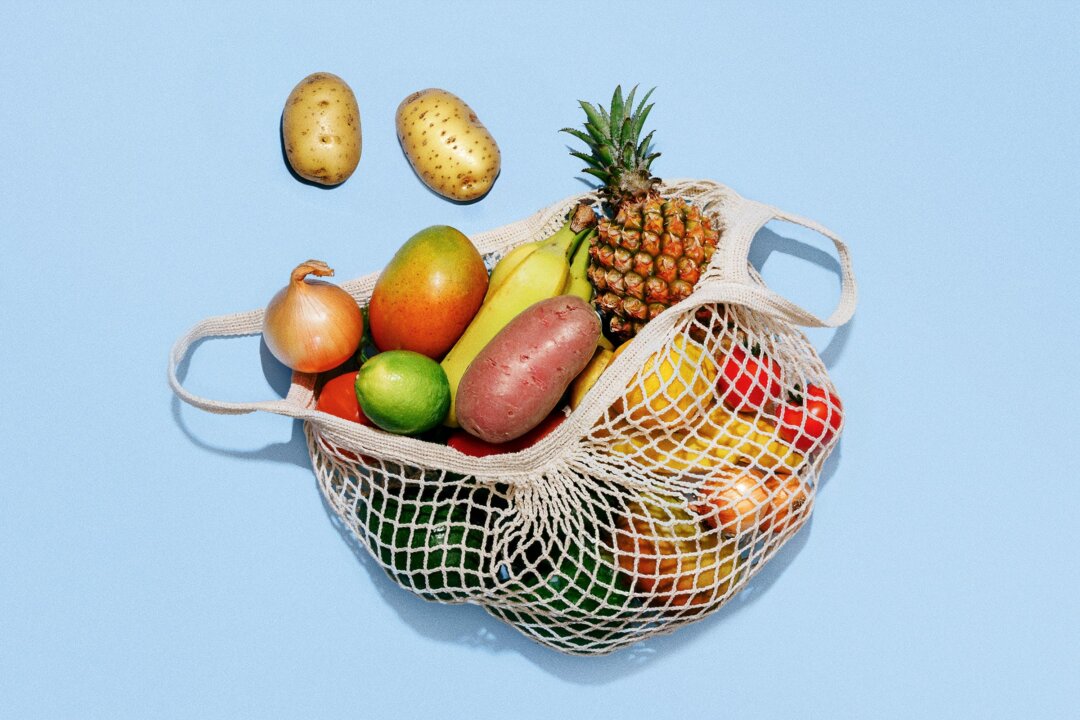The extensive use of refrigeration in homes has inadvertently led to a decline in the nutritional quality and flavor of fruits and vegetables. As refrigerators have become essential appliances since the early 20th century, many consumers store an abundance of produce, often believing this practice preserves freshness. Recent findings indicate that over-refrigeration can actually result in significant nutrient loss and diminished taste.
Historical Context of Food Preservation
Historically, humans have employed various methods to prevent food spoilage, ranging from simple pits in the ground to the use of cold water from lakes and rivers. The advent of artificial refrigeration in the mid-1700s marked a significant shift in food storage practices. By the early 1900s, refrigerators became commonplace in American households, fundamentally changing how food was preserved and consumed.
Today, refrigerators are ubiquitous in kitchens, often filled to capacity with a variety of fruits and vegetables. Many consumers believe that storing produce in a cold environment will extend its shelf life and maintain quality. However, experts are beginning to challenge this assumption.
Research indicates that certain fruits and vegetables are sensitive to cold temperatures, which can lead to both nutrient degradation and a loss of flavor. For example, the University of California conducted studies showing that the cold environment can strip essential vitamins, particularly vitamin C and certain B vitamins, from produce. This loss can be exacerbated when items are stored for extended periods.
Understanding Nutrient Loss
Fruits and vegetables contain vital nutrients that contribute to overall health. When exposed to temperatures below 10 degrees Celsius, many of these nutrients begin to break down. The cold can also alter the biochemical processes in produce, leading to flavor changes that result in less appealing food.
Consumer habits play a significant role in this issue. A recent survey indicated that over 70% of individuals routinely store fruits and vegetables in the refrigerator, often without considering the specific storage requirements of each item. Certain fruits, such as bananas and tomatoes, are best kept at room temperature to preserve their flavor and nutritional content.
Moreover, the impact of over-refrigeration extends beyond individual health. The economic implications are substantial as well. According to Food and Agriculture Organization data, over 30% of food produced globally is wasted, partly due to improper storage methods. By understanding the effects of refrigeration, consumers and businesses alike can make more informed decisions that may help reduce food waste.
In light of these findings, it is essential for consumers to educate themselves on proper food storage techniques. Understanding which fruits and vegetables benefit from refrigeration and which do not can lead to better nutritional outcomes and enhanced flavors. Simple changes, such as storing tomatoes on the counter or keeping bananas away from cold air, can significantly improve the quality of produce.
As refrigeration technology continues to evolve, addressing the hidden costs of over-refrigeration has become increasingly important. By fostering awareness and promoting best practices, individuals can enjoy the full nutritional benefits of fresh produce while minimizing waste.





































































